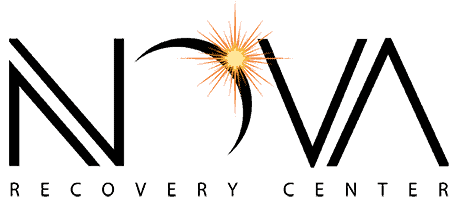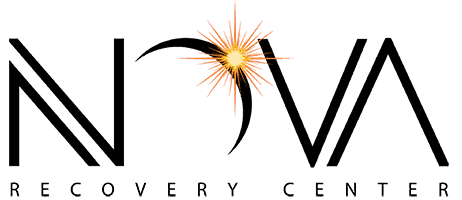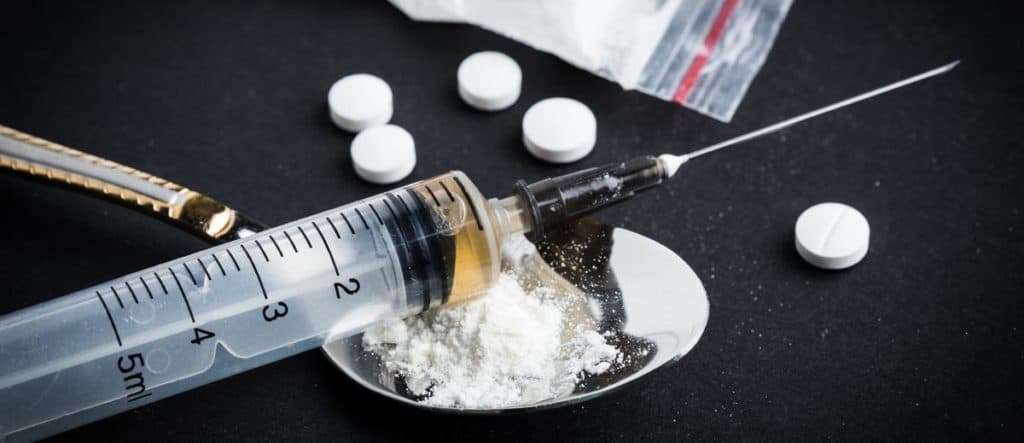Last Updated on October 19, 2025
Drug Rehab in Austin: The Untold Cost of Heroin Addiction
At a Glance: The Untold Cost of Heroin Addiction
- Heroin addiction impacts not only physical and mental health but also relationships, finances, and long-term stability.
- The financial strain extends beyond the individual, affecting families, communities, and public systems such as healthcare and criminal justice.
- Recovery through drug rehab in Austin offers evidence-based treatment options that address both the immediate and long-term effects of heroin addiction.
- Nova Recovery Center provides comprehensive programs designed to help individuals break free from addiction and rebuild their lives.
Table of Contents
The unspoken amount of cost of heroin addiction is rarely spoken about. The drug epidemic gripping the nation and has devastating effects on our younger generation.
Heroin is a highly addictive opioid that tears families apart, destroys stability, steals innocence, happiness, and any sense of safety in the family. The safest first step is drug and alcohol detox in Austin.
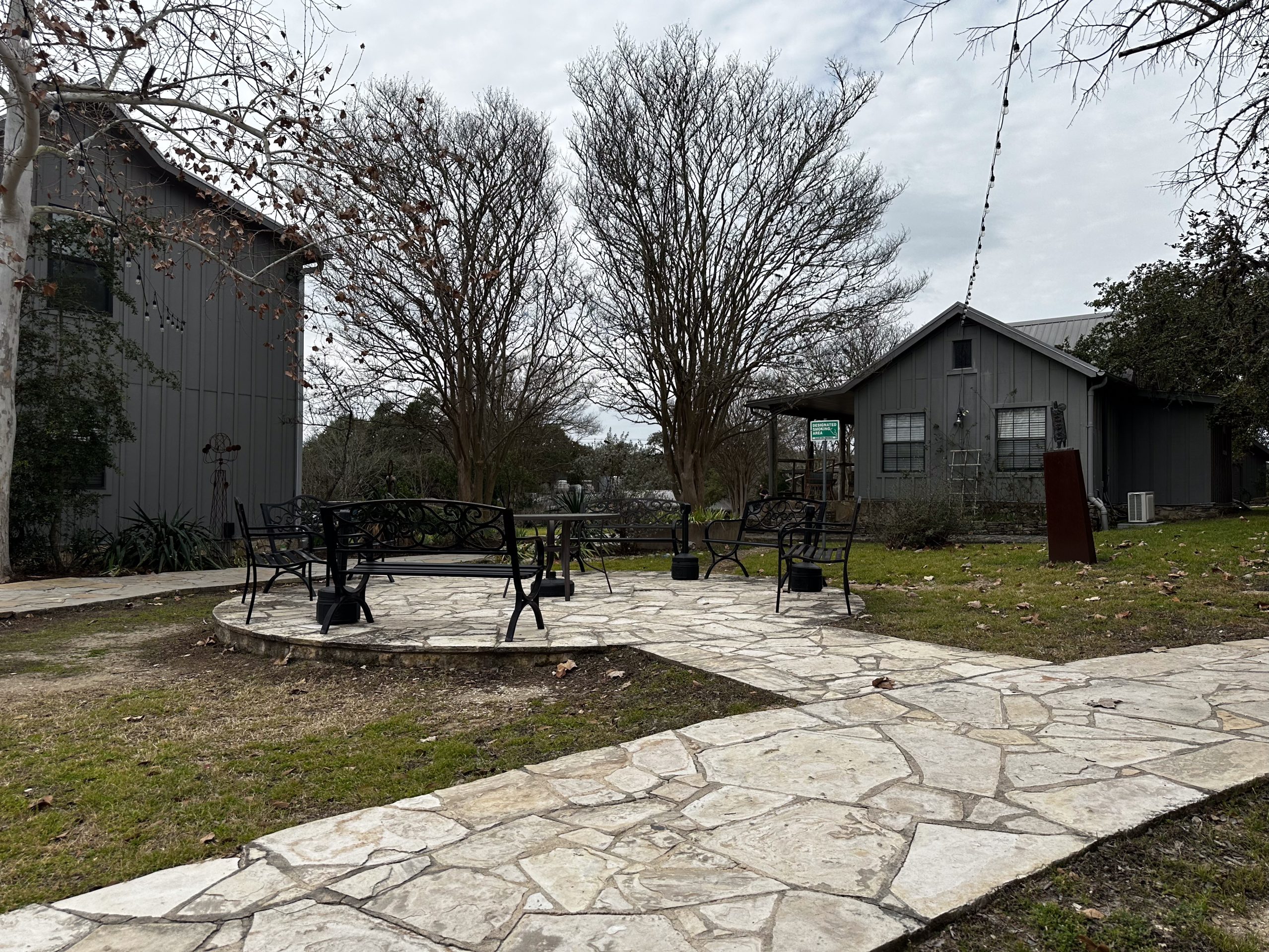
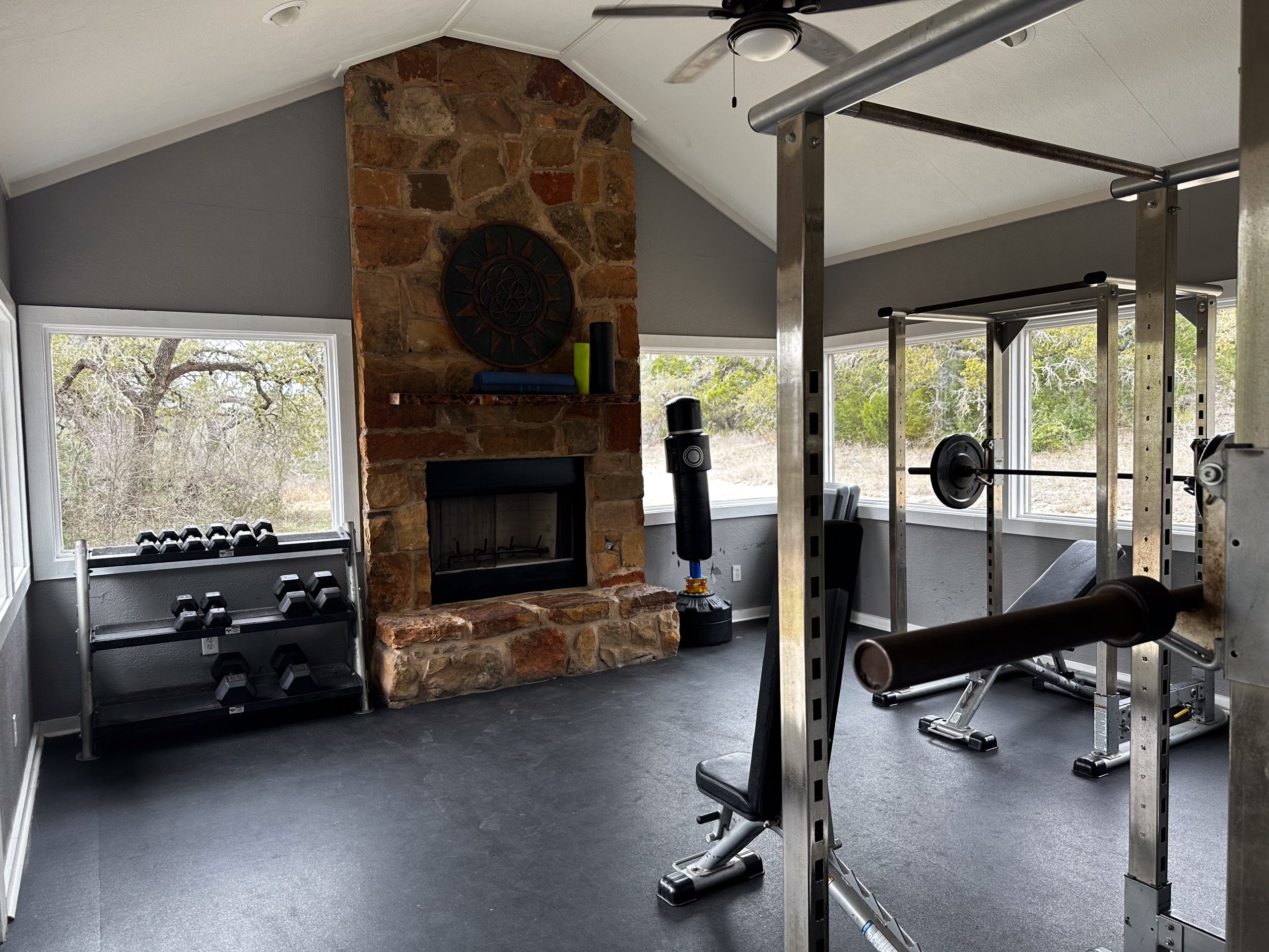
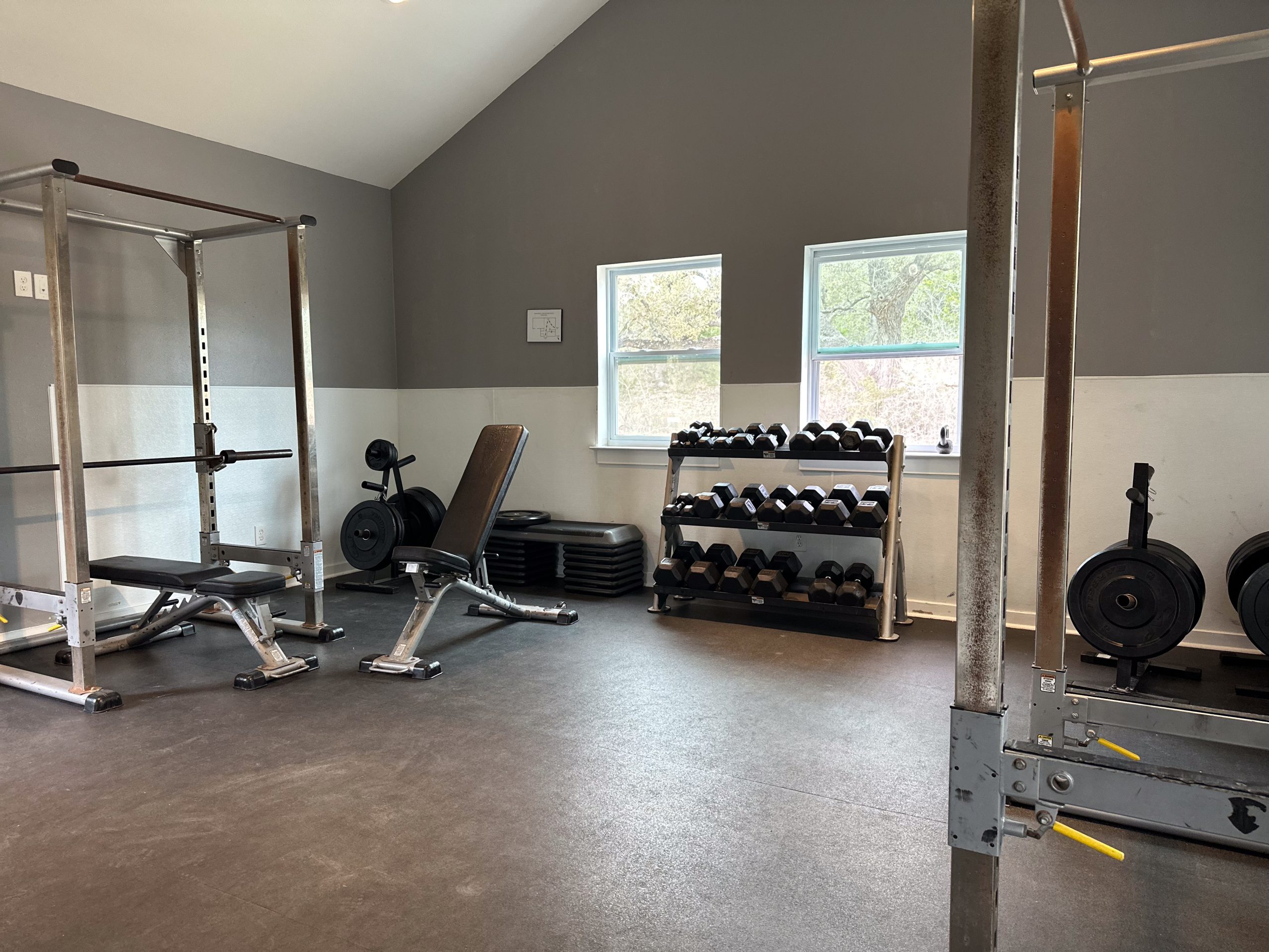


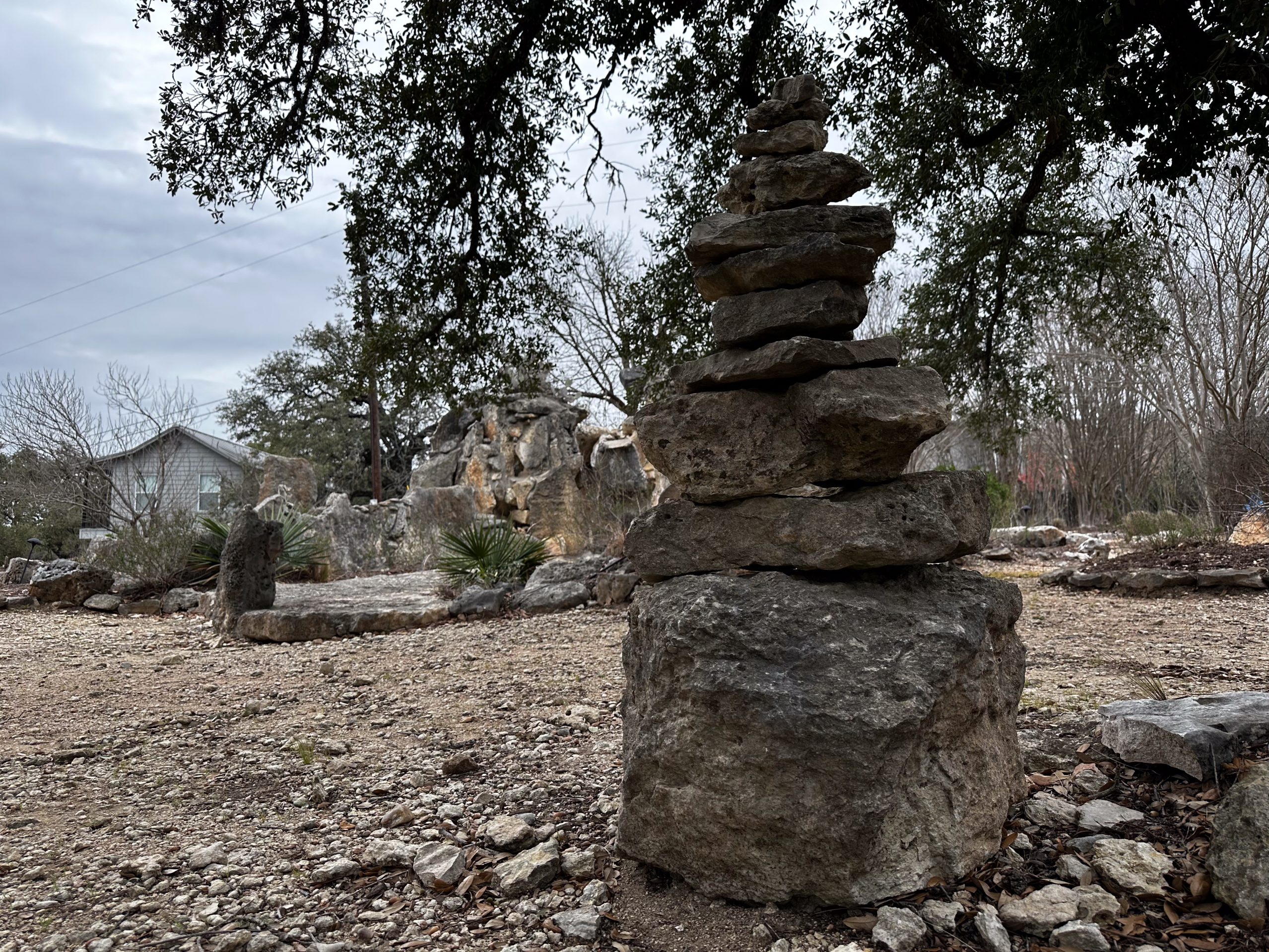
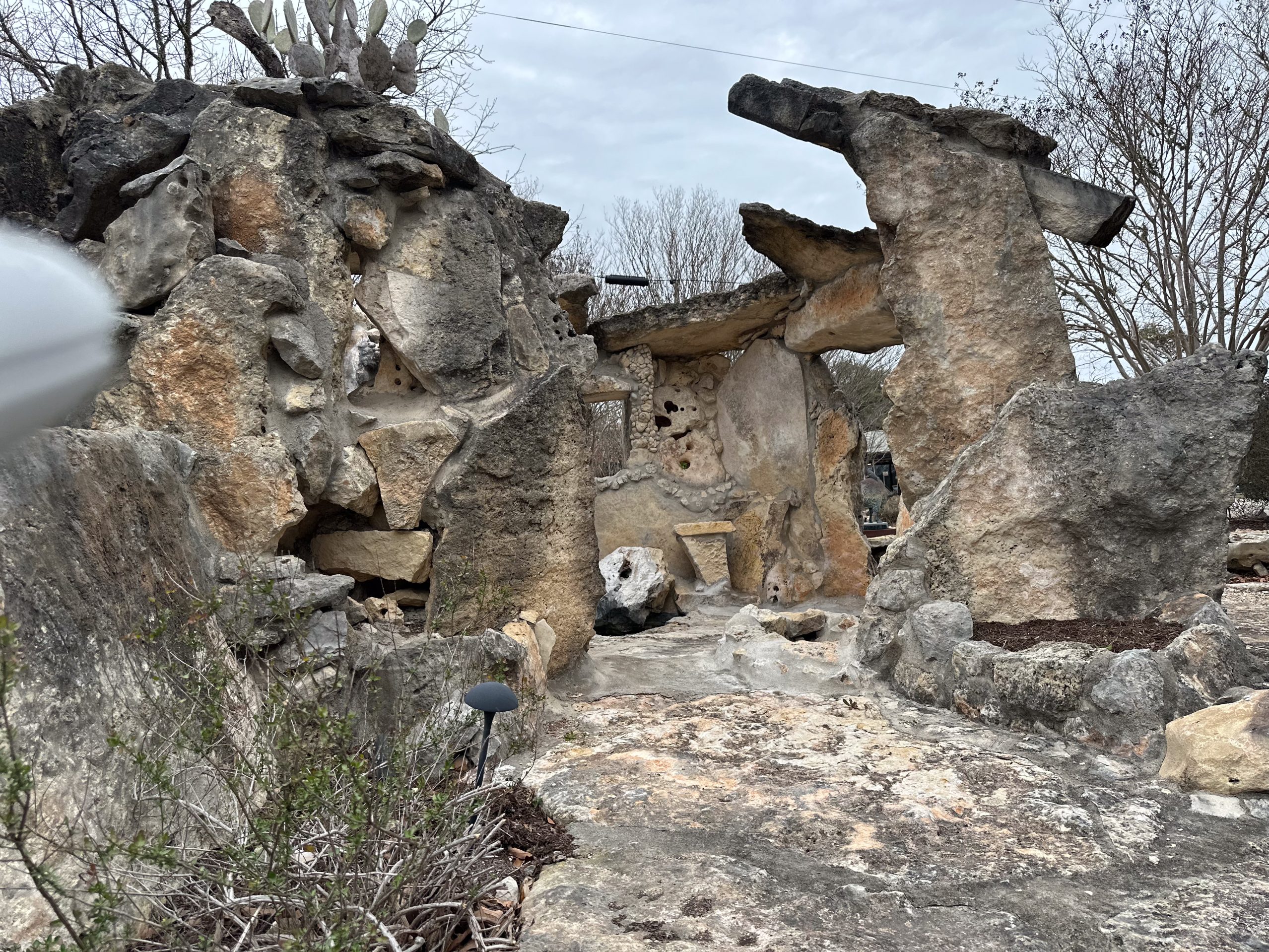
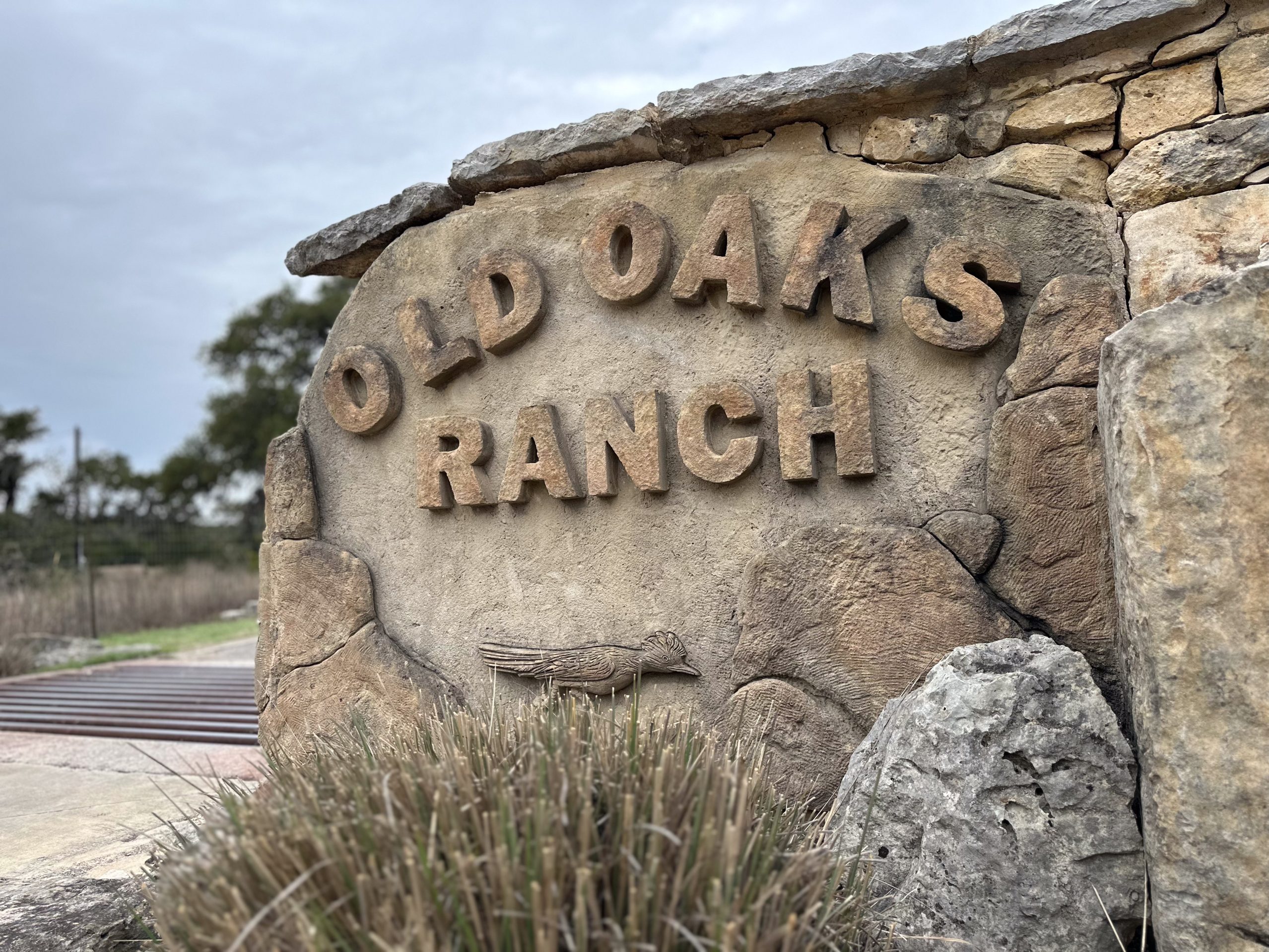
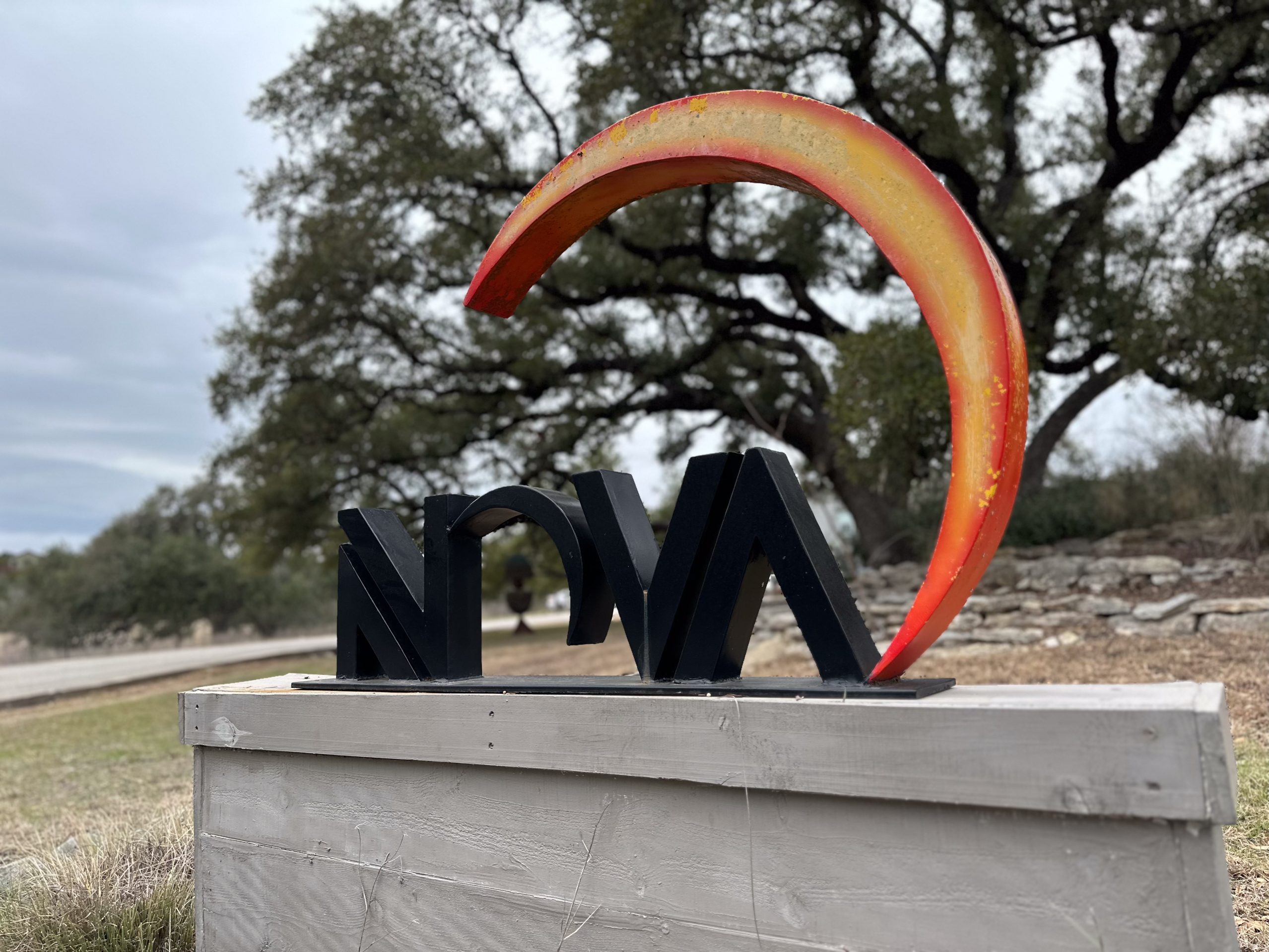
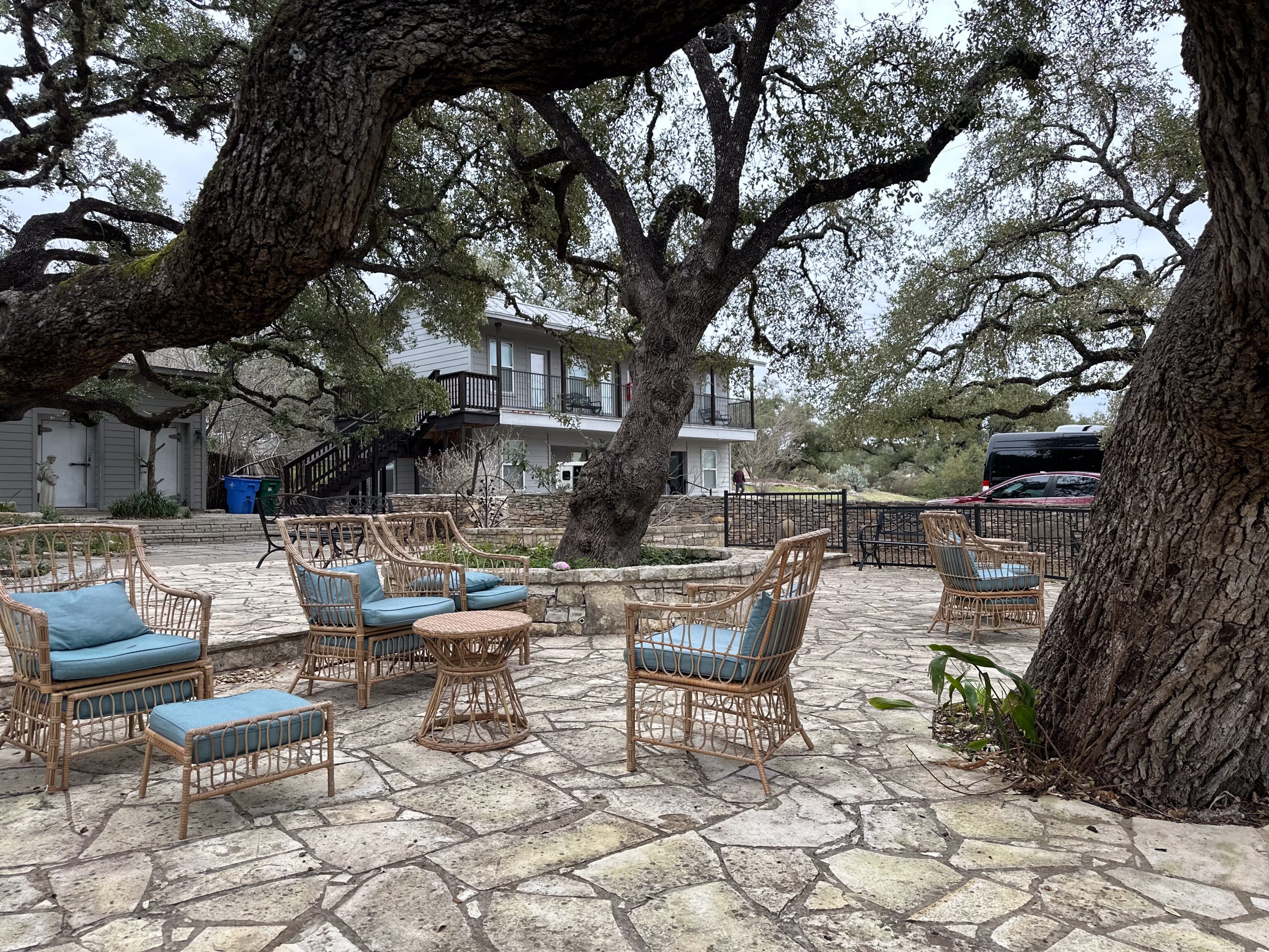
The disease of heroin addiction doesn’t care about race, color, or size, it doesn’t care what neighborhood you live in or where you work, it can affect anyone. Instead of getting the love, care, and attention children need to grow, they’re becoming secondary to heroin. Heroin replaces your morals with corruption, lies, and stealing.
It doesn’t take long for the average American to become hooked on heroin. Within weeks, a person can change and do whatever it takes to get the drug. The endless quest to get the next high, and we say “endless” unless a proper intervention and heroin addiction treatment takes place, as there may be little hope. The enormous toll is breathtaking.
How Does Heroin Addiction Affect Children?
To put the untold cost of heroin addiction in perspective let us talk directly about the parents who use heroin who have children. Aside from the family financial burden and emotional toll, foster care homes are filling up with children left behind from heroin addiction.
According to the most recent statistics available from the American Society for the Positive Care of Children in 2021, one to two-thirds of child maltreatment cases involves substance use. In addition, the organization also shares these sobering statistics:
- Children whose parents abuse alcohol or drugs are three times more likely to be abused and four times more likely to be neglected than children from non-abusing families.
- Two-thirds of people in addiction treatment report being abused or neglected as children.
- More than one-third of teens with a report of abuse or neglect will have a substance use disorder before they are 18. (That’s three times more likely than teens without a report of abuse or neglect.)
If childhood trauma is part of the picture, our trauma‑informed care approach can help.
Freedom Starts Here. Take Back Your Life Today.
Same-Day Admissions in Austin Available.
In Kentucky, foster care placements remain at historically high levels, with 8,641 children in out-of-home care as of June 2025, a number that reflects ongoing struggles with substance abuse across the state. This figure has steadily grown over the past decade, often linked by state and local leaders to the devastating impact of opioids and heroin on families.
Data from the Child Welfare League of America shows that in FY 2022, Kentucky’s foster care system served over 13,000 children, underscoring the scale of need and the strain on state services. Indiana has also continued to face serious challenges, with parental drug use remaining one of the leading reasons for child removals. While earlier reports highlighted 2,600 children taken from their homes due to substance abuse in just six months during 2015, more recent county-level data indicates that removals tied to drugs and alcohol remain widespread across the state, though the exact totals vary year by year.
Both states also report a consistent rise in the number of children growing up without either parent, reflecting how deeply the opioid and heroin crises have disrupted families. These trends demonstrate that the link between addiction and child welfare has only strengthened since the mid-2010s, creating long-term consequences for thousands of children in Kentucky, Indiana, and beyond.
What does this mean for the children who have to grow up without a parent? The answers could be endless, as some studies have been done for children with absent parents and the outcomes are unpleasant. Of course, this doesn’t mean everyone child affected by the heroin epidemic will have to endure counseling or be at higher risk of abusing drugs when they grow up. A child needs both parents in their life, they’re helpless against the disease of addiction and the effects it has on their families. Children taken away due to their parents using heroin will miss out on family holidays, birthdays, and life events. This could be a very lonely time for a child, and they could build resentment against their parents. The unspoken price one’s family has to pay for addiction is astonishing.
Heroin Addiction Drug Rehab in Austin
Here at Nova Recovery Center, we offer heroin addiction treatment in Texas and drug rehab in Austin. Learn the sign of heroin addiction. We can help those family members who suffer from abuse of heroin and other opioids and drugs including alcohol.
Not sure about coverage? Verify your insurance (100% confidential).
90-day residential rehab in Austin
If you’re searching for heroin addiction treatment in Austin, our 90-day inpatient residential rehab center is located on 20 acres of beautiful Texas hill country. At our Austin heroin rehab center, our onsite doctors, counselors, and recovery specialists can provide you with the tools to overcome your heroin addiction and get your life back. With our individualized rehab in Austin, clients receive well-rounded care with a variety of evidence-based treatment methods, including:
Our inpatient heroin treatment center in Austin is also 12-Step-based, so clients work through the 12-Step Program with the guidance and direction of our qualified and compassionate staff. They also have opportunities to attend H&I meetings, where they can receive encouragement, guidance, and support from sober speakers in long-term recovery.
Intensive Outpatient Program (IOP) in Austin
We also offer IOP in Austin, which provides comprehensive opiate addiction treatment in Austin for men, women, and LGBTQ individuals recovering from heroin addiction. IOP is a flexible treatment program that is ideal for individuals with severe addictions who have already completed a higher level of treatment. It’s also often recommended for people with moderate addictions, as long as they have a supportive and sober home environment. However, people who are struggling to overcome heroin addiction and who have a history of chronic relapse may need to complete residential rehab at our Austin heroin rehab center prior to enrolling in IOP and develop a personalized relapse prevention plan.
Our IOP lasts about 8 weeks and clients meet several times each week for group sessions. The staff at Nova is highly experienced and certified to use evidence-based treatment methods to provide individualized outpatient treatment for addiction. These include:
- Individual and group counseling
- Educational lectures
- Behavioral therapy
- Specialized therapy
- Peer recovery support
We also offer online IOP for clients to cannot attend in-person or prefer not to. Our online intensive outpatient program offers real-time group sessions facilitated by a certified addiction treatment counselor from our licensed addiction treatment center in Austin. After IOP, we can also recommend an Austin sober living home for those that want to receive ongoing support in sobriety.
If you or someone you know is addicted to drugs or alcohol or is looking for heroin rehab in Austin, we can help. Call (888) 427-4932 to speak to an admissions representative today or see our simple admissions process.
Nova Recovery Center a comprehensive drug rehab in Austin
Nova Recovery Center provides comprehensive drug rehab in Austin designed to address the full scope of addiction and its underlying causes. Through evidence-based treatment programs, clients receive personalized care that supports long-term recovery. The center focuses on healing the mind, body, and spirit by offering therapeutic services, relapse prevention education, and life skills training. With a structured approach, Nova Recovery Center helps individuals break free from the cycle of heroin and other substance addictions. The Austin location gives clients access to a supportive recovery community that understands the challenges of rebuilding life after addiction. Programs are designed not only to help clients achieve sobriety but also to maintain it with ongoing aftercare support. Families are encouraged to be involved, ensuring a stronger foundation for recovery and healing relationships. By combining medical expertise, peer support, and holistic therapies, Nova Recovery Center empowers individuals to regain control of their lives. This approach ensures clients have the tools, confidence, and resilience to thrive beyond rehab.
FAQs: Drug Rehab in Austin & the Untold Cost of Heroin Addiction
How do I choose the right drug rehab in Austin?
Look for licensed programs that offer a full continuum of care (detox, residential, outpatient, and aftercare), individualized treatment planning, and evidence‑based therapies. Texas HHS outlines core service types, and SAMHSA’s FindTreatment.gov can help you compare verified options near you.
What’s the difference between inpatient and outpatient drug rehab?
Inpatient (residential) rehab provides 24/7 structure and support; outpatient lets you live at home while attending scheduled counseling and groups. Outpatient generally costs less but may be best for those with strong supports and lower medical risk; both are effective when appropriately matched to need.
How long does drug rehab usually last?
There’s no one‑size‑fits‑all timeline, but research shows treatment under 90 days is often less effective; longer engagement is linked to better outcomes and lower relapse risk. Continuing care after an intensive phase improves results.
How much does drug rehab cost in Austin, and does insurance cover it?
Costs vary by level of care (detox vs. residential vs. outpatient) and insurance benefits. Many services are covered in whole or part by private plans or Texas Medicaid; Texas HHS and SAMHSA list programs and coverage pathways.
Are there free or low‑cost rehab options in Austin?
Yes. Texas HHS contracts with publicly funded providers, and SAMHSA’s helpline can refer you to sliding‑scale or state‑funded services. Call 1‑800‑662‑HELP (4357) for 24/7 referrals.
What happens during medical detox?
Detox is medically managed withdrawal—clinicians monitor vitals, manage symptoms, and prepare you for ongoing treatment. Detox alone is not treatment; it’s the first step before residential or outpatient care.
What are the signs and symptoms of heroin addiction?
Common signs include intense cravings, tolerance, withdrawal symptoms, changes in mood and sleep, and continued use despite harm. Heroin can be injected, snorted, or smoked, and is highly addictive.
How is heroin addiction treated?
Effective treatment often combines behavioral therapies, recovery support, and (when appropriate) FDA‑approved medications for opioid use disorder (MOUD) such as buprenorphine, methadone, or naltrexone. These medications reduce cravings and withdrawal to support recovery.
What is medication‑assisted treatment (MAT) for heroin addiction?
MAT (also called MOUD) pairs medications (buprenorphine, methadone, or naltrexone) with counseling and recovery supports. Robust evidence shows MAT improves retention and reduces illicit opioid use and overdose risk.
How long does heroin withdrawal last?
For short‑acting opioids like heroin, symptoms typically start within hours of last use, peak in the first couple of days, and improve over about a week—though duration and intensity vary by person. Medical supervision is recommended.
Can you fully recover from heroin addiction?
Yes—people do recover. Outcomes improve with adequate treatment length, continuing care, and supports that address medical, psychological, and social needs. Many individuals sustain long‑term recovery with ongoing services.
What are the personal and societal costs of heroin addiction?
Costs include medical care, lost productivity, criminal justice involvement, and family impacts. Analyses show substantial societal burden from heroin use disorder.
Is getting treatment more cost‑effective than ongoing addiction?
Yes. NIDA reports that every dollar invested in addiction treatment can yield multiple dollars in reduced crime and healthcare costs; treatment is far less expensive than the alternatives.
How can Nova Recovery Center help in Austin?
Nova offers the continuum many people need—medical detox, residential, outpatient, and sober living—with a focus on long‑term recovery and relapse prevention in Austin. After detox, clients transition into structured programming and aftercare to maintain gains.
Other Drug and Alcohol Rehab Locations
Medical Disclaimer
The information provided on this page is for educational purposes only and should not be considered a substitute for professional medical advice, diagnosis, or treatment. Substance use disorders, including heroin addiction, require proper evaluation and care from licensed healthcare providers. Do not attempt to self-treat, start, or stop any medications without consulting a qualified medical professional. If you are experiencing severe withdrawal symptoms, health complications, or thoughts of self-harm, call 911 in the United States or seek immediate medical assistance. For mental health support, you can also dial 988 to connect with the Suicide & Crisis Lifeline, available 24/7.
Nova Recovery Center Editorial Guidelines
By instituting a policy, we create a standardized approach to how we create, verify, and distribute all content and resources we produce. An editorial policy helps us ensure that any material our writing and clinical team create, both online and in print, meets or exceeds our standards of integrity and accuracy. Our goal is to demonstrate our commitment to education and patient support by creating valuable resources within our realm of expertise, verifying them for accuracy, and providing relevant, respectful, and insightful data to our clients and families.
- American Society for the Positive Care of Children. (2025). Child maltreatment & neglect statistics. American SPCC. Retrieved September 30, 2025, from https://americanspcc.org/child-maltreatment-statistics/
- Child Welfare Information Gateway. (n.d.). Parental substance use and the child welfare system [Bulletin]. U.S. Department of Health and Human Services, Administration for Children and Families, Children’s Bureau. Retrieved September 30, 2025, from https://www.govinfo.gov/content/pkg/GOVPUB-HE-PURL-gpo8210/pdf/GOVPUB-HE-PURL-gpo8210.pdf
- Child Welfare League of America. (2025). Child maltreatment 2023 report (summary of federal data). CWLA. Retrieved September 30, 2025, from https://www.cwla.org/child-maltreatment-2023-report/
- Tucker, L. P., Loveless, A., Brewsaugh, K., & McDaniel, M. (2023, March). Children affected by household substance use or mental health issues (Research report). Urban Institute. Retrieved September 30, 2025, from https://www.urban.org/sites/default/files/2023-03/Children%20Affected%20by%20Household%20Substance%20Use%20or%20Mental%20Health%20Issues_0.pdf
- U.S. Department of Health & Human Services, Administration for Children and Families, Children’s Bureau. (2025, January 8). Child maltreatment 2023. Retrieved September 30, 2025, from https://acf.gov/cb/report/child-maltreatment-2023
- U.S. Department of Health & Human Services, Office of the Assistant Secretary for Planning and Evaluation. (1999, March 31). Blending perspectives and building common ground: A report to Congress on substance abuse and child protection. Retrieved September 30, 2025, from https://aspe.hhs.gov/reports/blending-perspectives-building-common-ground
- National Center on Substance Abuse and Child Welfare. (2024). Parental alcohol or drug abuse as an identified condition for removal: 2021 (Interactive statistics series; national & state data). U.S. Department of Health and Human Services, Administration for Children and Families. Retrieved September 30, 2025, from https://ncsacw.acf.gov/research/child-welfare-statistics/interactive-statistics-series/1-2-prevalence-aod-removal/
